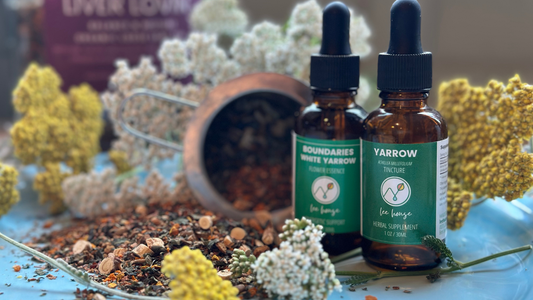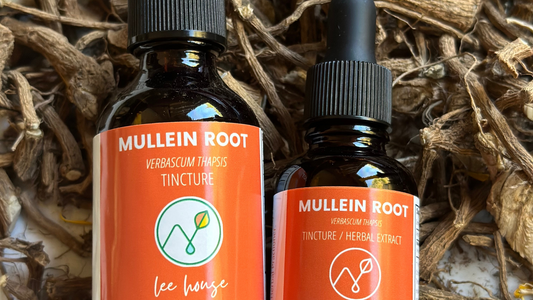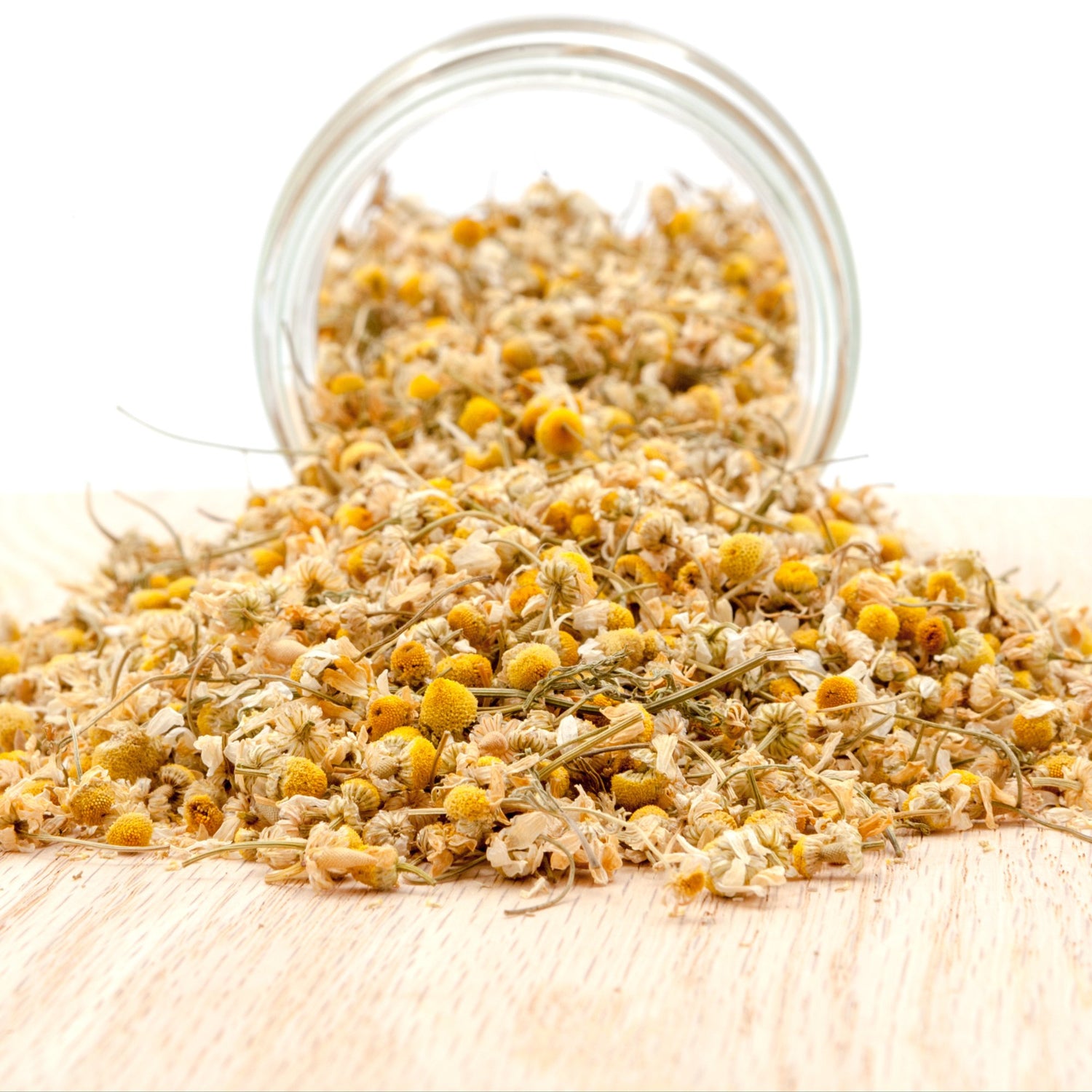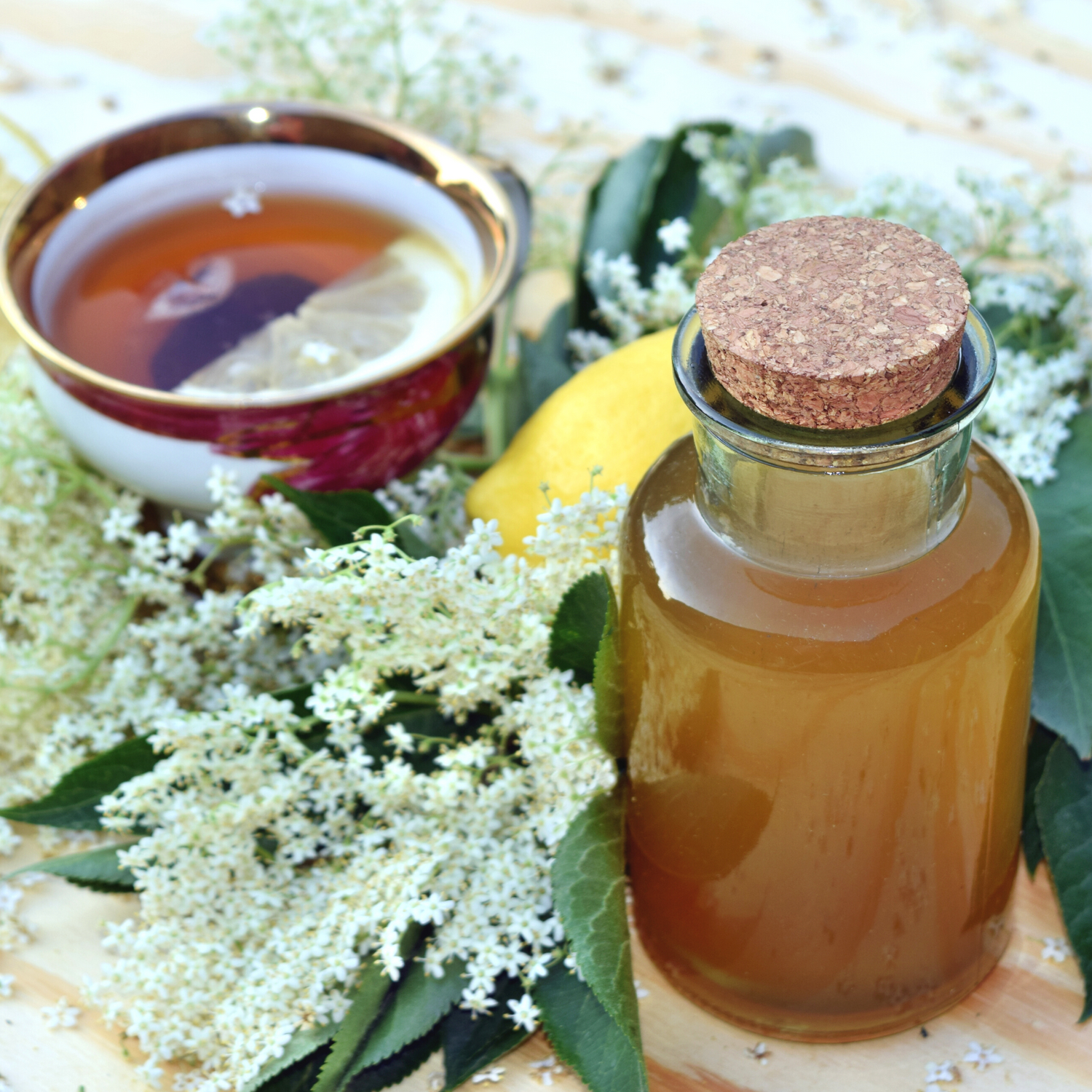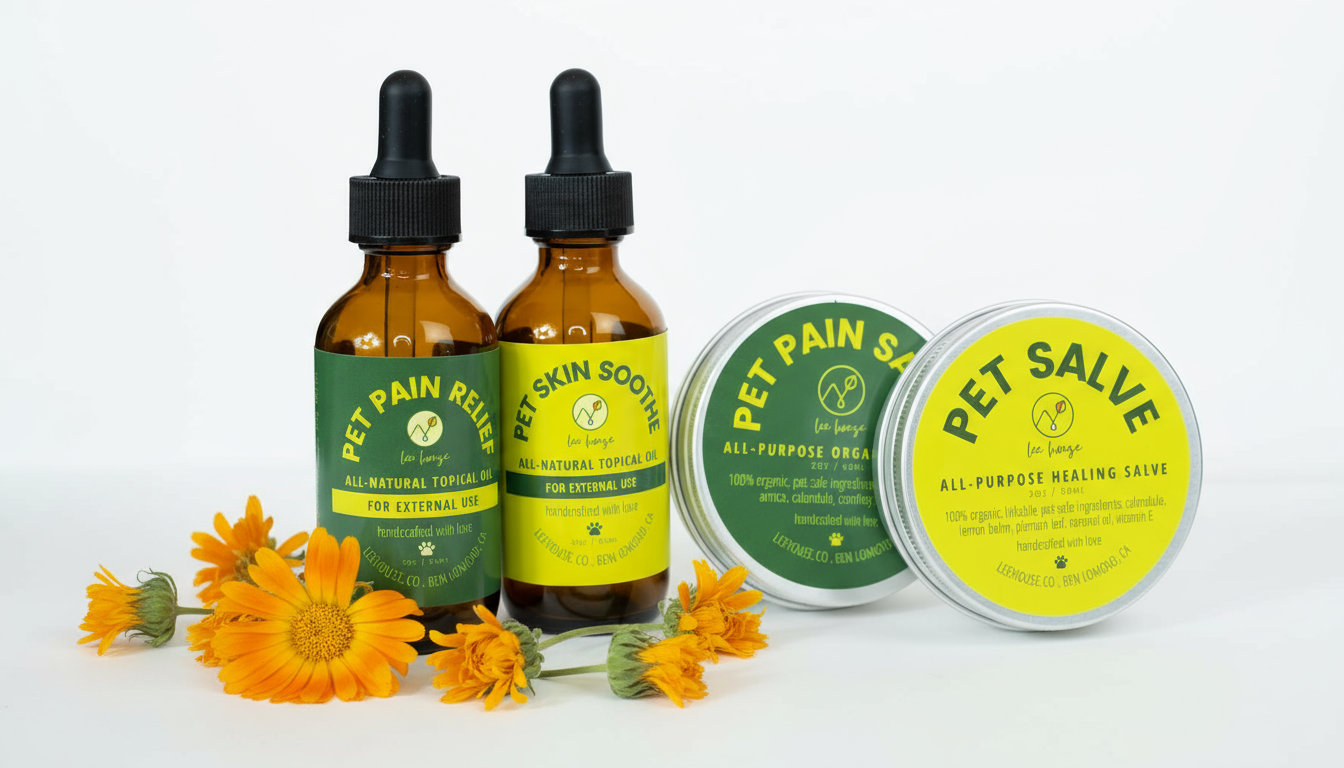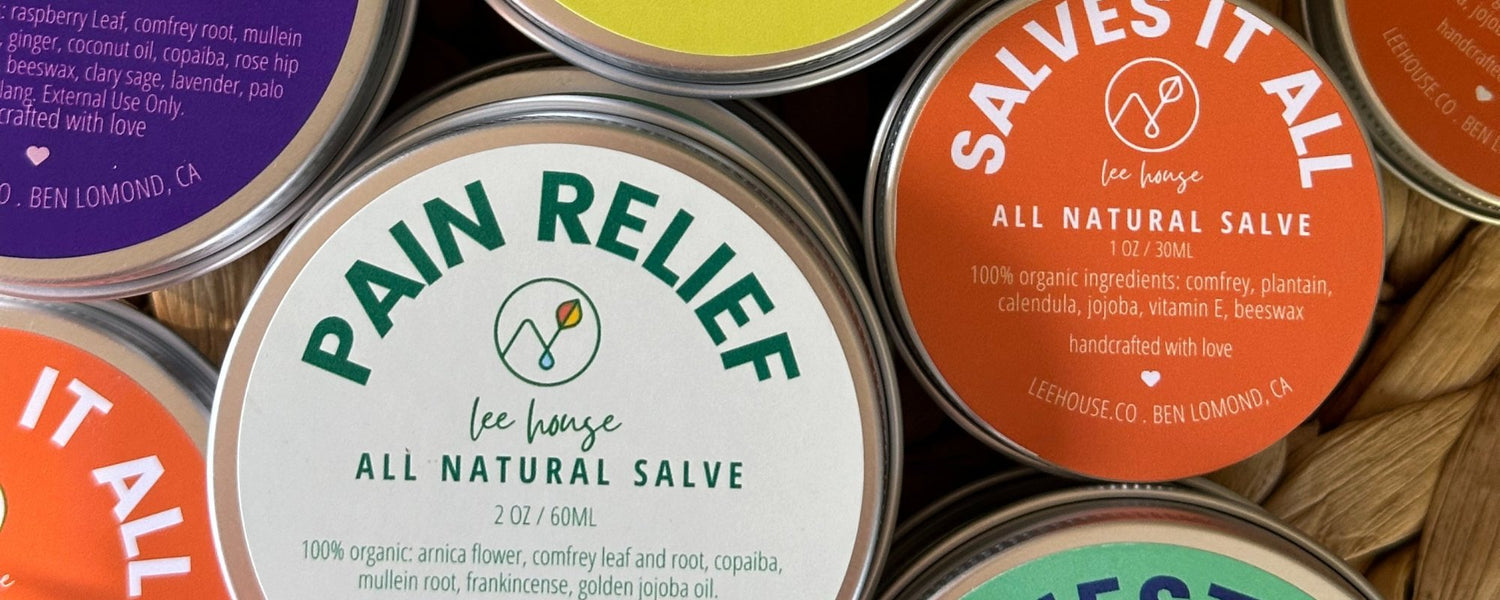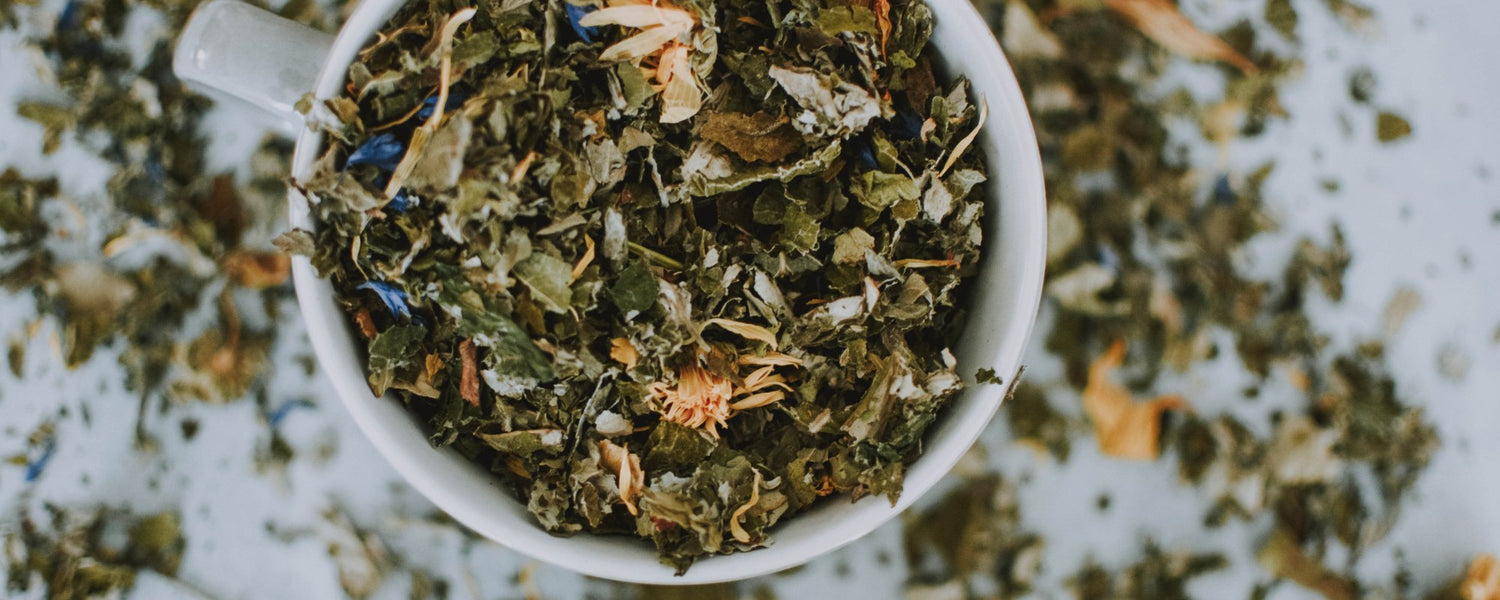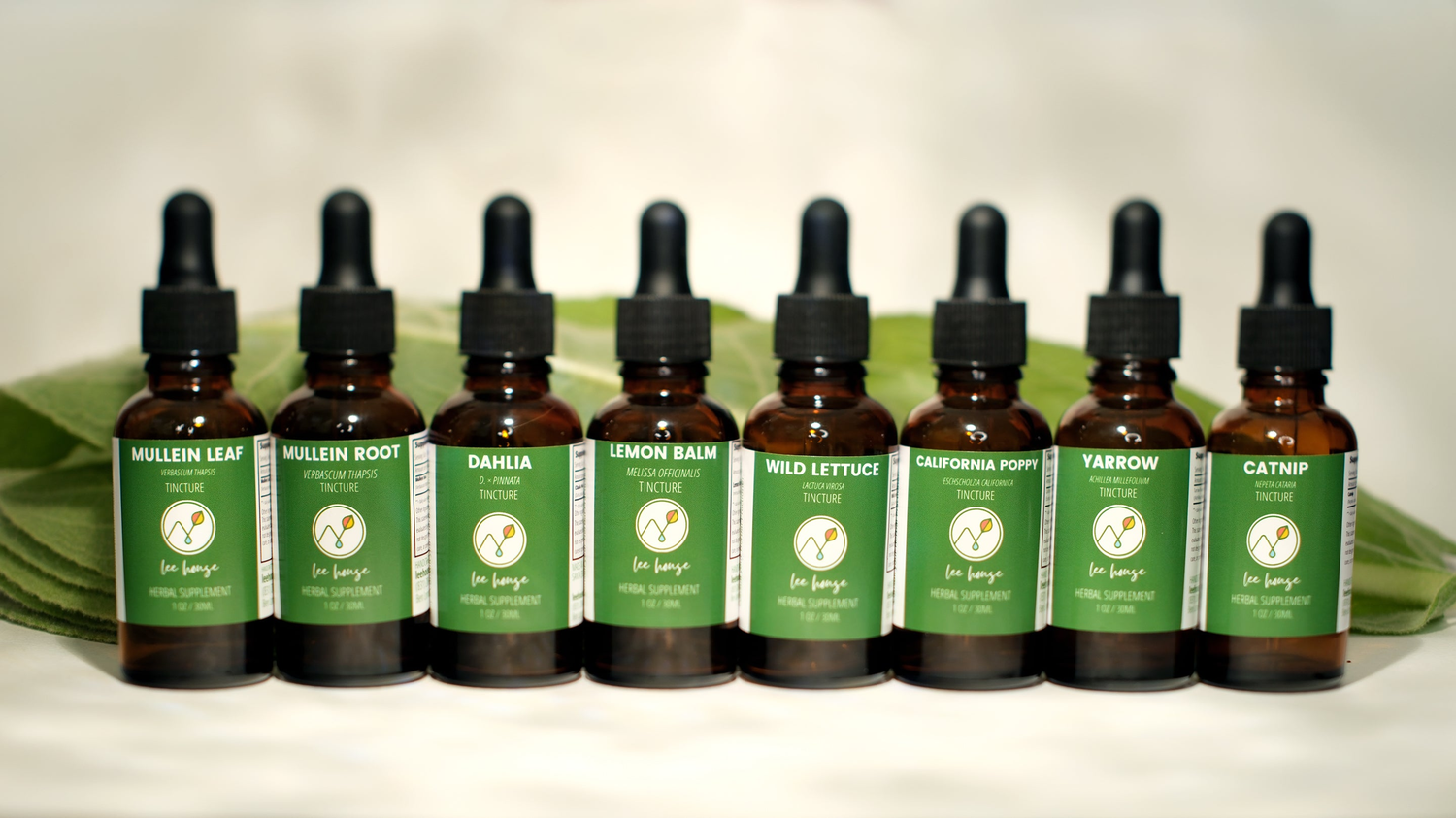
Comfrey: How to Grow, Care for, and Use this Versatile Power Plant
Share
Comfrey is a valuable and versatile herb that has been used for centuries for its medicinal properties and as a nutrient-rich soil amendment. Its deep-reaching roots make it a valuable plant for permaculture and regenerative gardens, while its powerful healing properties make it one of our must-grow herbs in the medicinal garden. It's also a beautiful, lush plant that adds graceful beeauty to your garden.
We created this growing guide for folks who purchase comfrey crown cuttings from our online nursery. In this Growing Guide, we'll take you through the steps to grow and care for comfrey, from selecting the right location to harvesting your crop. We'll also share some ways to use comfrey for medicinal purposes, as well as ways to use comfrey in your garden to improve soil fertility and support the growth of other plants.
Some Comfrey Facts:
- USDA Growing Zone: 4-9
- Soil pH: 6.0-7.0
- Sunlight: Full sun to partial shade
- Tolerant of Light Frost: Yes
- Soil Requirements: Well-draining, fertile soil
- Spacing: 24-36 inches apart
- Mature height: 2-3 feet tall
- Propagation: By root cuttings or seed. Root cuttings are the easiest and most common way to propagate comfrey. Our comfrey is a steril variety, called Bocking 14 Russian Comfrey. This variety can only be propagted by root cuttings.
Planting Your New Comfrey Crowns Cuttings
We suggest planting* new comfrey cuttings as soon as possible. If you are unable to plant right away, keep paper towels moist.
- Dig a small hole - just a few inches, large enough to bury your comfrey cutting.
- Place the sprouted end up (the end sticking out of the paper towel wrap) in the hole.
- Cover with soil. You may bury the budding point with soil - up to 4 inches deep. Some people prefer to leave the tip of the sprout peeking out of the soil - either method works.
- Water lightly and keep the soil moist - not wet - until you see visible new growth.
- You should see visible top growth 2 to 8 days after planting.
- When the leaves are at least 2 feet tall, use a garden knife or shears to cut them down to a couple of inches above the soil. Harvest the outer leaves first so the plant can continue growing.
*Comfrey does best planted directly in the ground. You can keep it alive and fairly happy in a pot for several months, but ultimately it will want to send its roots deep into the soil.
Medicinal Uses of Comfrey
Comfrey is a must-grow medicinal herb due to its many health benefits and its effectiveness in treating a wide range of ailments. The leaves of comfrey contain allantoin, a substance that helps to speed up the healing of wounds and promote tissue regeneration. It is also rich in mucilage, a sticky substance that soothes and protects inflamed tissues. Comfrey has been used for centuries to treat sprains, strains, and other musculoskeletal injuries, and it is also effective in treating skin conditions such as eczema and psoriasis. Additionally, comfrey has anti-inflammatory and pain-relieving properties, making it a popular choice for those with chronic pain or arthritis. Comfrey can be used topically as a poultice, salve, or ointment, or it can be brewed into a tea for internal use.Comfrey is one of the core ingredients in our healing salves. We've used comfrey to heal some pretty serious injuries. Of course, you should ALWAYS get appropriate medical advice before using herbs for any reason.
Here are some ways to use Comfrey for medicinal purposes:
- Applied topically as a poultice to heal bruises, sprains, and other injuries
- Used as a salve or ointment to relieve eczema, psoriasis, and other skin conditions
- Brewed into a tea to soothe digestive issues and promote overall health
- Here is a link to all of our articles on comfrey
Comfrey in the Permaculture or Regenerative Garden:
Comfrey is an essential plant for any permaculture garden due to its unique ability to accumulate nutrients from deep within the soil and bring them up to the surface where they can be used by other plants. Comfrey leaves are packed with nitrogen, potassium, and phosphorus, making it an ideal plant for use as a natural fertilizer. Additionally, the deep roots of comfrey help to break up compacted soil, improving soil structure and allowing for better water retention. Comfrey also attracts pollinators and beneficial insects, making it a valuable companion plant in any garden. Its fast growth and high yield make it an efficient source of organic matter and mulch, which can help to suppress weeds and retain soil moisture. Overall, comfrey is a must-have plant for any permaculture garden due to its ability to improve soil fertility, promote biodiversity, and support the growth of other plants.
Here are some ways to use Comfrey in the Regenerative and Permaculture Garden:
- Chop-and-drop leaves as a nutrient-rich mulch or green manure to improve soil fertility
- Chopped and added to compost to speed up the decomposition process
- Planted in the vicinity of fruit trees and vegetables to enhance their growth and productivity.
Comfrey is an incredible plant with many uses in the garden as well as the herbal medicine chest. It’s easy to propagate from crown divisions and root cuttings.
Learn more about growing medicinal herbs from our Growing Guides Series.
With love, from LeeHouse
~Leslie & Darren

